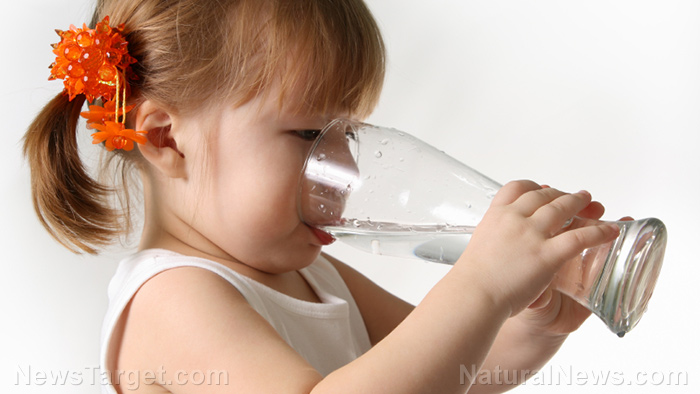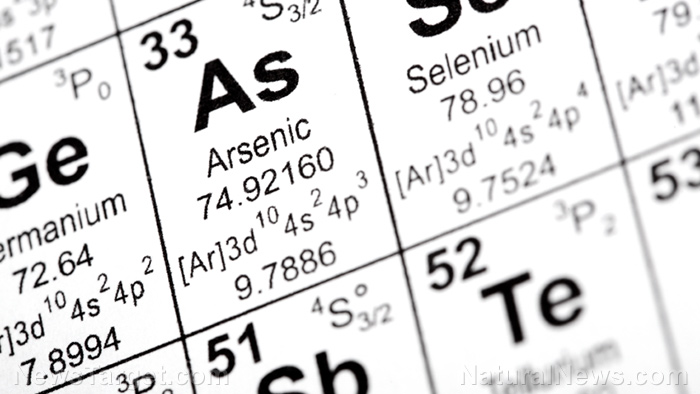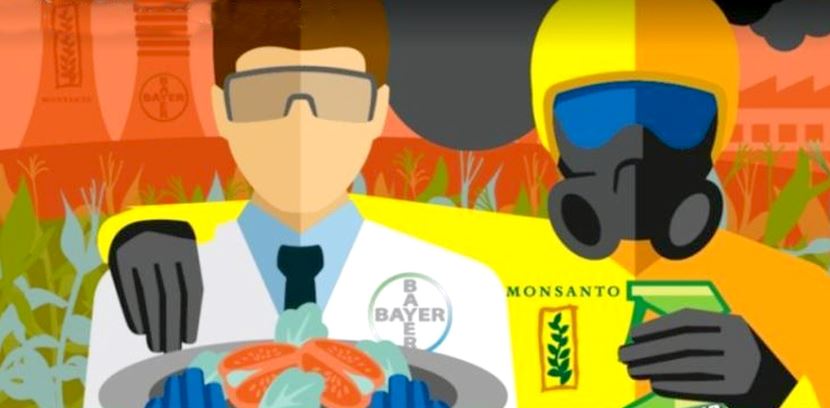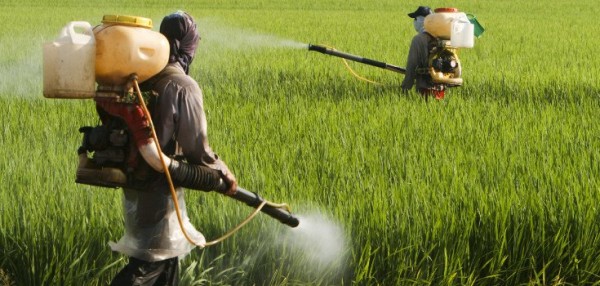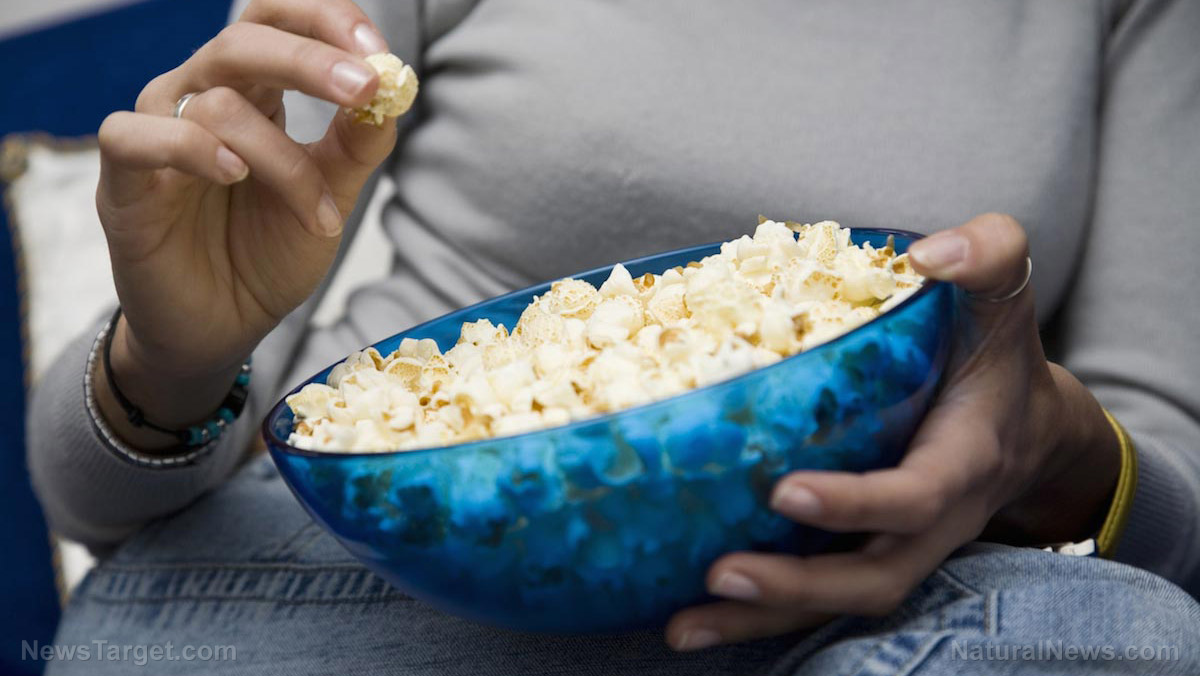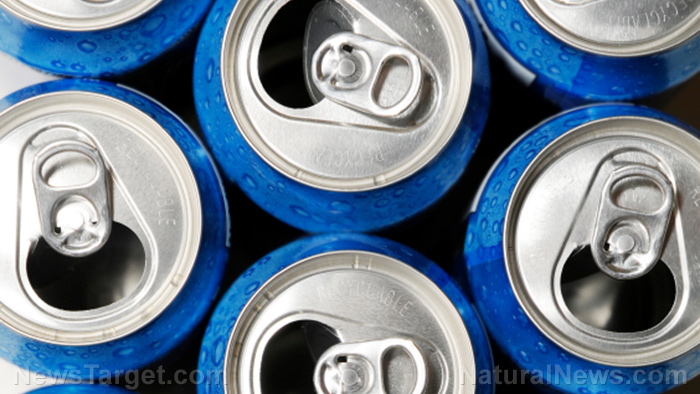Penconazole — toxicity, side effects, diseases and environmental impacts
11/16/2017 / By Zoey Sky
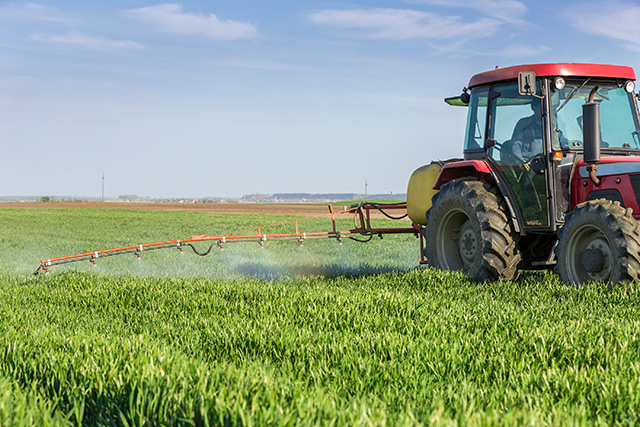
Penconazole is a systemic triazole fungicide, and it was first evaluated in 1992. The manufacturer clarified Good Agricultural Practices (GAP) for indoor and outdoor applications to cucumbers, tomatoes, and strawberries. The open field treatment of all crops with penconazole is authorized, with the exception of the indoor use on cucumbers in Switzerland.
Worldwide GAP for the use of penconazole was reported by the 1992 Joint FAO/WHO Meeting on Pesticide Residues (JMPR). The present Meeting received new and updated information on GAP for pome fruits and grapes from New Zealand and Germany.
The information on GAP provided by Australia, France, Greece, Italy and the U.K. is basically the same as in 1992, but more detailed. GAP for pome fruits and grapes in other countries as well as GAP for other crops is given in the 1992 evaluation.
Penconazole is applied to pome fruits and grapes by foliar spray in EC, WP or tablet (TP) formulations alone or in a mixture with other fungicides, especially captan, dithianon, mancozeb, and ziram. The preharvest intervals (PHI) depends on local conditions and varies for pome fruits over a range of 14 days in Italy, Germany and the UK to 42 days in Sweden, and for grapes from six or seven days in Taiwan, Portugal and Uruguay to 35 days in Germany after the last application.
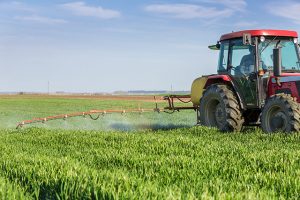
List of known side effects of penconazole
Several species (rat, hamster, and rabbit) were used to determine the acute oral toxicity of penconazole. The results in male rats and in rabbits (200 < LD50 <2000 mg/kg bw) triggered the proposed classification of Xn, R22 Harmful if swallowed. On the other hand, no mortality occurred after dermal exposure or exposure by inhalation in rats.
Additionally, penconazole was not irritating to the eyes or the skin and did not induce skin sensitization in guinea pigs (maximisation test).
Body systems affected by penconazole
Penconazole is harmful if swallowed, and the fungicide can also affect an individual’s reproductive system or the unborn child. Penconazole is also very toxic to aquatic life, with long-lasting hazardous effects.
Items that can contain penconazole
Penconazole is a fungicide that is used to control fungal pathogens, particularly Ascomycetes, Basidiomycetes, and Deuteromycetes. The fungicide is used to control powdery mildew, scabs, ring spots, and rusts.
Penconazole can be used on plants such as vines and fruits such as apples, pears, peaches, plums, apricots, and strawberries. The fungicide is also used on ornamentals, hops, and vegetables such as cucumbers and tomatoes.
Manufacturers and suppliers of products using penconazole (both still active or inactive) include Agrovista, Syngenta, and Globalchem. Products that contain penconazole include Topas and Topenco 100EC. This particular fungicide is often supplied as an emulsifiable concentrate that is mixed with water and used as a spray.
How to avoid penconazole
To avoid penconazole, do not enter areas where the fungicide is sprayed because inhalation of spray mist is a possible route of exposure. The aromatic hydrocarbon solvent may be absorbed through skin that comes into direct contact with the fungicide. Take note that penconazole can decompose at high temperatures and form toxic gases.
Penconazole is diluted with water before it is used as a spray, and the fungicide’s diluted form is less toxic compared to all other exposure routes.
When possible, do not enter treated areas without protective clothing until the spray has dried. To protect yourself from penconazole, avoid letting the fungicide come into contact with your eyes and skin.
Do not inhale spray mist with penconazole. When preparing the spray, always wear cotton overalls buttoned to the neck and wrist, a washable hat, elbow-length PVC gloves, and a face-shield or goggles.
Where to learn more
Summary
Penconazole is a systemic triazole fungicide.
Penconazole is harmful if swallowed and can affect the reproductive system.
Penconazole can be used on vines, fruits (apples, apricots, and pears), ornamentals, hops, and vegetables (cucumbers and tomatoes).
Sources include:
Tagged Under: Penconazole






